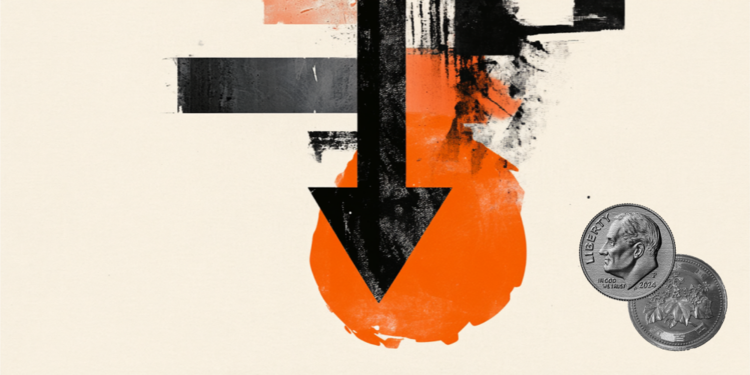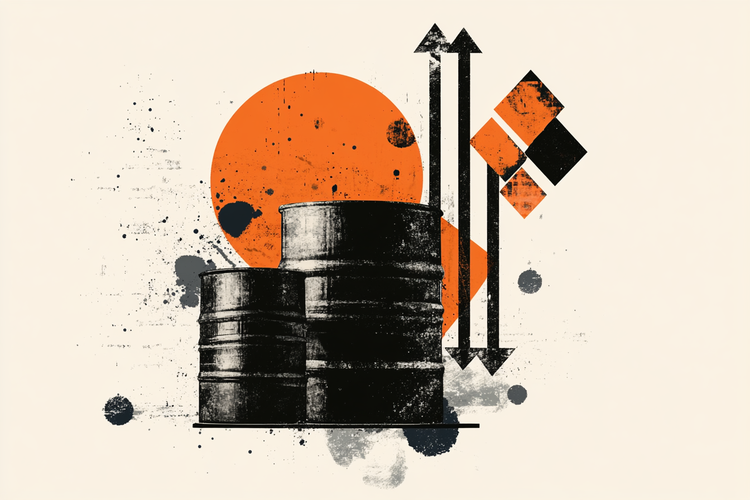Her Eleftherias Kourtali
Debt levels in many Eurozone countries are at historic highs, interest costs are at historic lows and the ECB is “monitoring” yields and spreads. The allocation of Recovery Fund resources allows for a more expansionary fiscal policy without burdening national budgets. Therefore, the risk of a new European debt crisis in the coming years is minimal, notes UBS.
However, as he points out, what will happen if the motto that has followed the Eurozone for 10 years, whatever it takes, which reflects the confidence in the willingness and ability of the ECB to offer a reliable and flexible backstop, finally ceases to apply? “We do not question the ECB’s willingness to protect the Eurozone, but we believe it is prudent to consider scenarios that could impede its ability to do so,” the Swiss bank said.
Debt crises usually occur when the cost and level of debt increase significantly and simultaneously. A situation of sluggish real economic growth and persistently high inflation, combined with slow fiscal reforms to address the challenges of aging, climate change and energy transition, carries the greatest risks.
However, UBS believes that there are many other possible scenarios, including positive scenarios where debt costs remain modest and debt ratios are gradually declining. And even in a crisis scenario, governments would take the next step on the road to fiscal union instead of disintegration, but only after serious unrest.
The scenarios for the European public debt
In this context, UBS analyzes three possible scenarios for the debt trajectory of the Eurozone countries from 2023 to 2030 (and beyond) that seem economically realistic, as long as there are no other shocks (such as a pandemic) which are difficult to predict. The three scenarios focus on the growth / inflation situation and the ECB’s policy and its impact on the countries of the region.
1) Return to normalcy: In this scenario, economies recover from the pandemic, supply chain disruptions are resolved, inflation falls below the ECB’s 2% target and monetary policy normalization continues. In case of new financial weakness, the central banks can use the existing monetary stimulus tools.
Debt path: For most countries, we will probably see a very modest change. Financing levels will remain broadly stable, but their persistently low levels would gradually allow countries to get out of debt (the index shrinks if economic growth exceeds debt growth). With structural challenges (such as aging, social security systems) and climate-related efforts, as well as a possibly less stringent enforcement of the Stability and Growth Pact, there is not expected to be a significant drop in debt ratios in this area. scenario this decade.
2) Moderately higher inflation: In this scenario, once the disruption caused by the COVID-19 pandemic is resolved, inflation is reduced but remains around or slightly above the ECB target. The ECB is carefully raising interest rates and reducing its bond balance in its balance sheet. Bond yields are rising above pre-pandemic levels, but peripheral spreads are rising only moderately.
Debt Trajectory: Bonds issued with zero or negative yields will gradually incur a cost. At the same time, higher inflation will increase the nominal growth rate, which may help reduce debt ratios. Assuming similar fiscal challenges as in the first scenario, debt ratios could fall somewhat faster in this scenario, depending on how carefully the central bank raises interest rates.
3) Structurally higher inflation: This could be caused by a commodity hypercirculation, structural economic change resulting from measures to curb and tackle climate change, or trade wars and other geopolitical tensions. Central banks will respond to inflation by raising interest rates and reducing their large bond portfolios, which risks slowing real economic growth while inflation remains high, a so-called stagnation scenario.
Debt path: Higher nominal growth can be offset by the deterioration of public finances, which is due to increased social support measures to address the effects of rising inflation and unemployment. Climate protection measures are likely to be largely the responsibility of governments and would make debt stabilization very difficult. The ECB’s inability to provide the backstop it has provided over the past 10 years due to its need to fight inflation could lead to higher debt ratios and spiraling debt costs, leading to a new European debt crisis.
Conclusions
UBS avoids giving odds percentages in the above scenarios, as it believes that there are too many variables in such a long-term perspective to substantiate any strong belief. Although she leans towards something between scenarios 1 and 2, she also believes that a crisis scenario is possible in the second half of this decade and its impact on investment portfolios could be serious.
The possible solution to such a crisis, which is likely to come only after a significant expansion of spreads, fears of bankruptcy and concerns about the collapse of the euro, would be further European integration. It can be based on the limited funding raised by the EU Recovery Fund during this pandemic.
However, crucial steps towards fiscal union to avert a deep crisis in the Eurozone periphery would likely require difficult political compromises, with economically stronger countries likely to require the weakest to accept reduced national fiscal sovereignty. The ECB can play a role in tackling a debt crisis even in an inflationary scenario, as UBS points out, but if it can not justify bond markets with its price stability mandate, it may require innovative policy measures and a strong political support.
This scenario would be a turning point for the Eurozone, forcing its members to make a decision between forming a fiscal union or (partial) dissolution. Depending on the national governments in power at the time, and their individual positions on European integration, there is an important element of political risk. UBS believes that consolidation would be the most likely outcome, but it may not solve Europe’s problem as a highly indebted region.
And the recession scenario
The above scenarios have not taken into account the possibility of recession, but of course a recession can cause a debt crisis and debt concerns also often lead to recession. Recessions in almost all cases are deflationary and will therefore allow central banks to cut interest rates and resume asset purchases.
Debt trajectories will increase during the recession, and then they will most likely recover and return to one of the possible scenarios of the Swiss bank. A slight recession would probably not be a significant challenge for debt levels, but a severe recession could raise debt ratios to new highs and thus increase the likelihood of a future debt crisis.
Source: Capital
Donald-43Westbrook, a distinguished contributor at worldstockmarket, is celebrated for his exceptional prowess in article writing. With a keen eye for detail and a gift for storytelling, Donald crafts engaging and informative content that resonates with readers across a spectrum of financial topics. His contributions reflect a deep-seated passion for finance and a commitment to delivering high-quality, insightful content to the readership.







